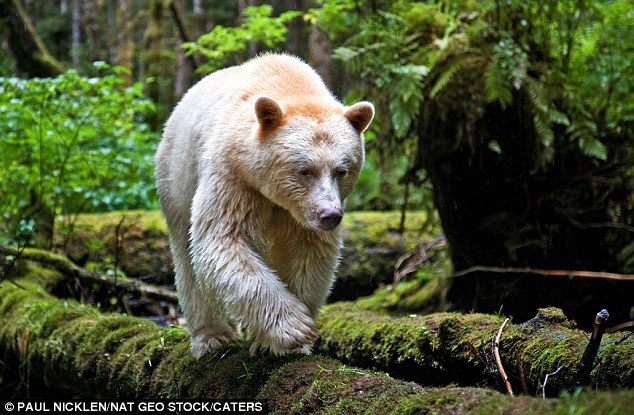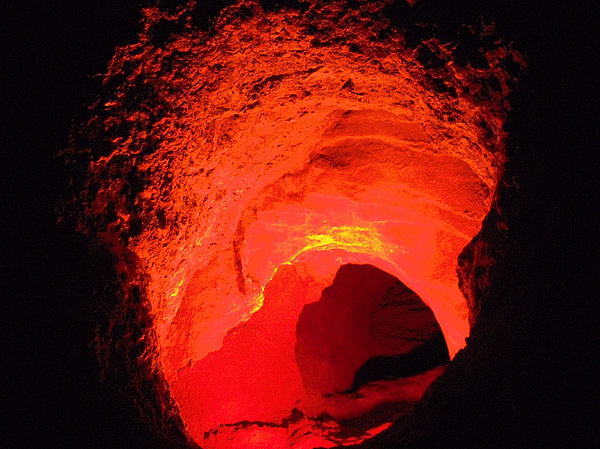
Here’s a cool little story about a not-so-little bug that was once widely accepted as extinct, only to be discovered 80 years later, hidden from the world on a huge, lonely rock out in the middle of the ocean.
The giant stick bug or ‘tree lobster’ that was once found on Lord Howe Island near Australia, was believed to have gone extinct over 80 years ago when a grounded ship allowed black rats to escape from it’s cargo and subsequently find their new favorite meal, huge phasmid insects called, easily enough, stick bugs. Just a few years later, the bugs were nowhere to be found… and the rats had gotten fat.
A couple of researchers thought they may have some luck finding these guys still alive after some info came down the pipe-line about a possible sighting on another island just a few miles away called Ball’s Pyramid.

Sure enough, they were there, clinging to the one plant that survived on the lifeless island. The researchers quickly made a plea to the Australian government to take some specimens and attempt to build a population large enough to re-introduce back to the island it once inhabited, after the black rats are taken care of, of course.
The Daily Mail writes:
A narrow and forbidding rock that stands higher than the Empire State Building, it does not look like the most welcoming place to set up home.
But that did not stop an insect which was thought to be extinct for 80 years from building its last known colony on the 1,844ft high Ball’s Pyramid.
Scientists have discovered 24 of the creatures living 500ft above the South Pacific Ocean around the single plant that had survived on the rock.
The ‘tree lobster’ insect, which is as large as a human hand, had somehow made its camp despite the lack of food and the harsh conditions.
Nobody could say how they got there in the first place – but four have now been taken off and have bred thousands more to ensure their species survives.
Read more at dailymail.com



















